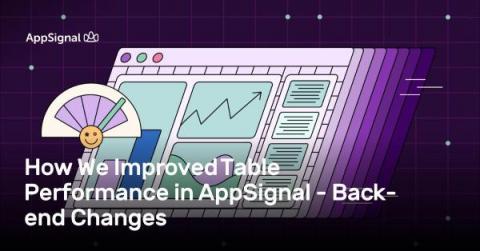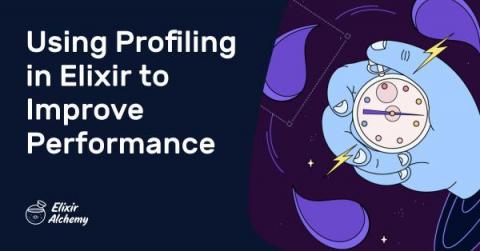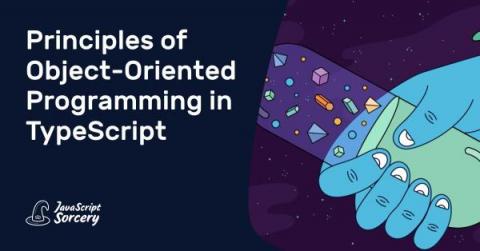Livebook for Elixir: Just What the Docs Ordered
While initially conceived as a tool for data exploration (much like Jupyter for Python), Livebook has deservedly become a sensation in the Elixir community. It has been fantastic to see all the wonderful ways teams are leveraging Livebook for a range of different use cases. We have seen Livebooks being used to: Livebooks have also been used as the default REPL interface for project development.











